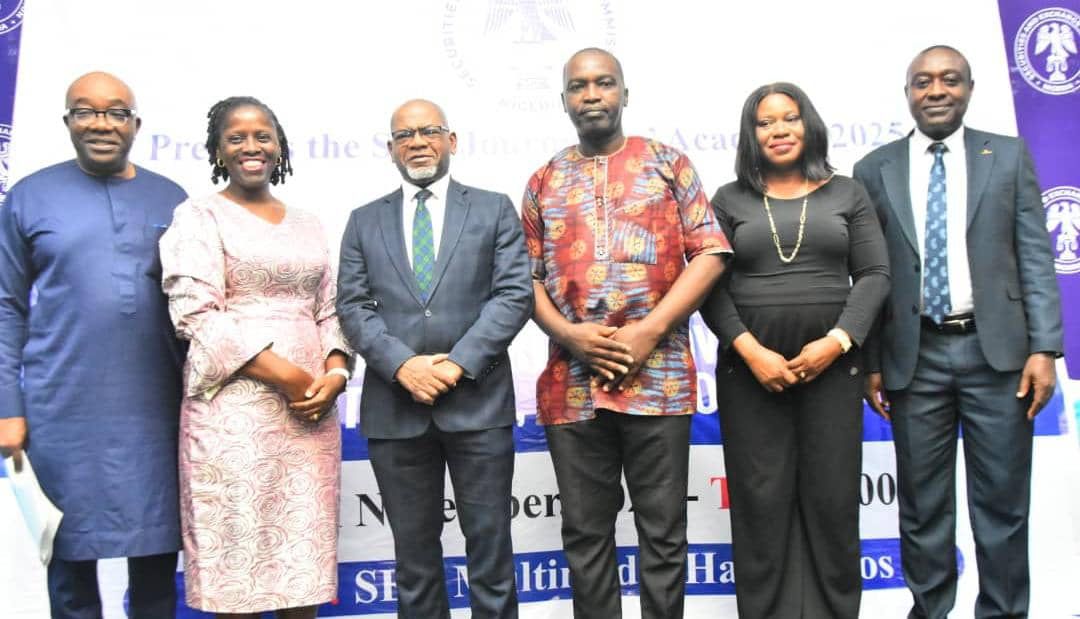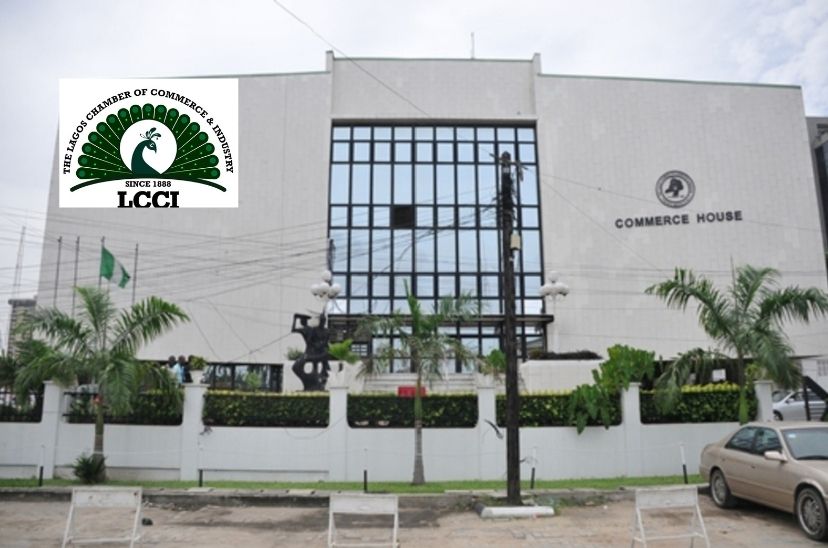By Gary Grossman
Journalists have used a lot of ink, both real and digital, to discuss the potential of AI to eliminate jobs. Autonomous vehicles, machines that read X-rays and search for new drugs, and algorithm-driven bots that respond to customer service inquiries are all manifestations of powerful new forms of automation. This fuss has led to a lot of hand-wringing and has spurred increasingly serious discussions of the need to provide guaranteed minimum incomes for when there may not be sufficient jobs to go around. But interestingly, all of this could come to pass.
Many headlines suggest that AI and related technologies will lead to a jobless future. A recent article on NBC News describes just this possibility. A Forbes story reports that analyst firm Forrester predicts automation will take nine percent of U.S. jobs in 2018, partly offset by a two percent growth in jobs supporting the “automation economy.”
The tremendous amount of automation over the last decade is well documented, especially in manufacturing. A study by McKinsey Global Institute indicates that due to AI and automation, the world will see a transition on the scale of the early 1900s when much of the global industry switched from farming to factory work. It only stands to reason that there should be increasing unemployment now.
Yet, in the United States at least, levels of unemployment are near historic lows. Corporate earnings are up and even wages, which were the remaining area of weakness from the Great Recession, have started to grow. Summing up 2017, career outplacement firm Challenger, Gray & Christmas reported that job cuts in the U.S. economy were the lowest annual total since 1990. Moody Analytics’ Chief Economist Mark Zandi recently said, “Given the strong January job gain, 2018 is on track to be the eighth consecutive year in which the economy creates over 2 million jobs. If it falls short, it is likely because businesses can’t find workers to fill all the open job positions.” It’s not only in the U.S., as major economies worldwide are universally experiencing a wave of growth.
Why is there not a scarcity of jobs now?
Is this job growth a temporary condition with waves of AI-induced unemployment just around the corner? That could be. Many AI technologies are still at an early stage of development so their impact so far has been minimal. Nevertheless, AI projects are a high priority. In a recently commissioned poll of IT professionals by real-time database provider MemSQL, 61 percent of respondents said that machine learning and AI are their companies’ most significant data initiative for 2018.
We’ve yet to reach an AI-induced tipping point. The timing of the business cycle also plays a role. As a story in The Atlantic notes, most job losses occur during periods of recession when “firms let excess workers go and learn more about labor-saving technology to maintain their profits.”
Hold on, it’s coming
A PwC study describes three overlapping waves of automation into the 2030s — the algorithm wave, the augmentation wave, and the autonomy wave. The study notes that in the first algorithm wave, lasting to the early 2020s, automation will take relatively few jobs. The more impactful waves come in succession from the mid-to-late 2020s and into the mid-2030s. In their view, automation will impact 30 percent of jobs during this timeframe.
It’s the latter two phases that prompt the greatest worries. It’s not hard to imagine a million out of work truck drivers and others taking to the streets. The political and economic consequences are potentially dramatic. One announced candidate for President of the United States in 2020 is already championing these concerns. As reported by The New York Times, Andrew Yang – a former tech executive – is warning of the coming robot apocalypse. Yang notes that it was the congressional districts in several states where the highest concentration of automated manufacturing jobs that swung the 2016 presidential election.
Countervailing forces
There has always been job displacement as waves of technical innovation remake the economy. An example is the transition from the horse economy to cars, which is well-documented in a LinkedIn post by Brad Smith, president and chief legal officer at Microsoft. The industry that sprang up around cars was far larger than that of horses, yet there were surprising and unpredictable consequences stemming from the transition including the impact on agriculture. Smith notes that the reduced demand for horse feed contributed to an agricultural depression in the 1920s, which worsened even further during the Great Depression. A weak agricultural sector dragged down the entire U.S. economy in the 1930s.
But the question is whether this time will be different. As the NBC News article points out, AI technology aims to replace the human mind, not simply make industries more efficient. Nevertheless, the PwC study asserts that AI, robotics, and related technologies should “generate enough new jobs to broadly offset the potential job losses associated with automation.” Economist Beesen argues this is often the case, citing that automation has largely taken over the discovery of legal documents, yet jobs for paralegals and legal-support workers grew faster than the overall labor force. He goes on to note other examples and says he believes these are not exceptions since automation lowers the cost of delivered goods and services, which in turn attracts more customers leading to overall growth and demand.
This fits with a Deloitte study reported by The Guardian that argues the debate has been skewed toward the job-destroying effects of technological change, which we can more easily observe than its creative aspects. The study further claims that based on data from the last 140 years, technology has created more jobs than it has destroyed. The possibility that AI and automation will lead to more jobs than they eliminate is echoed by Gartner, an analyst firm. They stated that AI-related job creation will reach two million net-new jobs by 2025.
Will this time be different?
AI and related technologies will certainly change or eliminate many of today’s jobs, but these technologies will also create entirely new positions and industries. The transition to the AI economy will be uneven and as with the Great Recession, it’s clear that many people will be left behind. In fact, McKinsey estimates that between three and 14 percent of the global workforce will need to switch occupations over the next 10-15 years. And it’s true that unpredictable consequences from these shifts could emerge.
Enlightened leadership from our institutions of government, business, unions, and education will all have a critical role to play in helping people through this transition. Even more so because the impact of automation usually hits hardest on those least able and equipped to deal with it. As with the shift from horses to cars, the AI transition could be very hard for some
But the grave concerns of AI leading to a jobless future are greatly overblown. AI will likely follow the route of previous instances where significant innovations have led to a period of temporary job loss, followed by recovery, then transformation with new jobs and industries.
Gary Grossman is a futurist and public relations and communications marketing executive with Edelman.
Business a.m.’s comment pages are a place for thought-provoking views and debate. These views are not necessarily shared by Business a.m.








